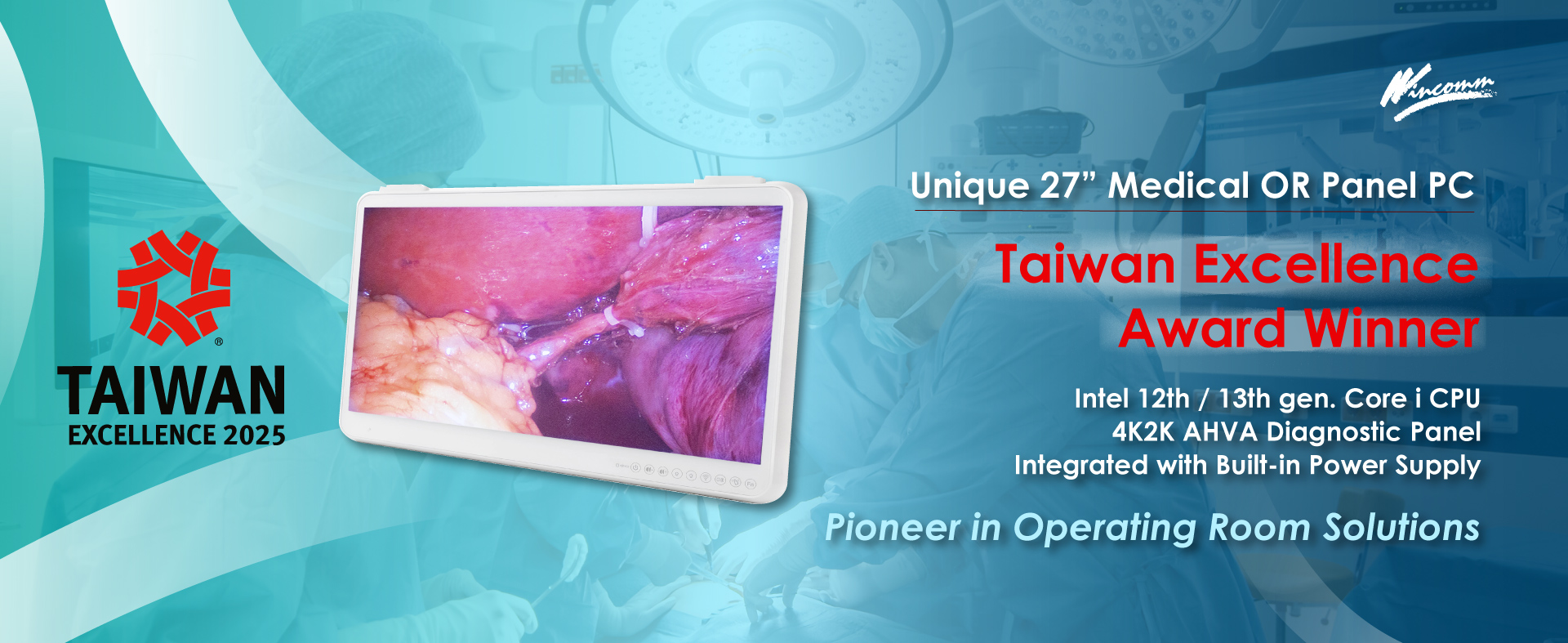Pineapple Leaves: A Sustainable Textile Revolution
Pineapple, celebrated for its juicy sweetness, offers more than a culinary delight. Its leaves, typically discarded as agricultural waste, harbor an extraordinary potential to reshape the textile industry through Piña fiber—a sustainable and innovative material. This emerging fabric boasts remarkable qualities, making it an eco-friendly alternative to traditional textiles while presenting unique opportunities and challenges on the road to mass adoption.
Piña fiber, which comes from pineapple leaves, is a sustainable powerhouse because it is naturally biodegradable, uses no additional water resources, and reduces agricultural waste. Its soft, breathable texture and unique sheen add a luxurious touch to garments and accessories, distinguishing it from conventional fabrics. Despite its allure, the adoption of Piña textiles is hindered by challenges such as low fiber yield, underdeveloped infrastructure, and limited consumer awareness. Overcoming these obstacles is essential to unlocking its full potential.
Turning Challenges into Opportunities
While Piña textiles face scalability hurdles, their future is bright, driven by innovation and a growing demand for sustainable fashion. Advances in fiber processing technology and automation can enhance efficiency, while strategic collaborations with eco-conscious brands can boost consumer interest. There are more growth opportunities when fashion is extended into household products and industrial uses. Furthermore, investments in sustainable supply chains and government-backed incentives can empower pineapple farmers and foster economic development in producing regions.
Continue reading





